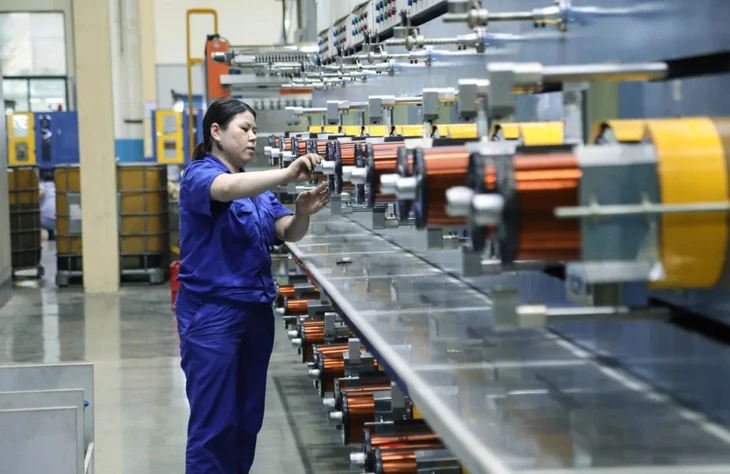
Chinese businesses adjust export strategies in the face of tariff pressure from the US - Photo: Southcn
According to the Chinese economic newspaper 21st Century Business Herald (21CBH) on April 10, in the face of global uncertainties caused by US tariffs, many Chinese businesses are seeking to adapt with far-reaching changes, moving towards a more flexible and sustainable growth model.
The Trump administration's announcement to impose additional tariffs, raising the total tax rate on imported goods from China to 145% after the latest increase on April 10 (Vietnam time), has put Chinese businesses under unprecedented pressure.
Expanding presence in European, Russian, Australian markets...
According to 21CBH , China's key export industries such as textiles, electronics, wood products and renewable energy are at risk of losing competitiveness in the US market, which accounts for a large proportion of the country's export turnover.
Some businesses shared that plans to shift production to Southeast Asian countries - which were once expected to be tariff buffer zones - now face many obstacles as the US tax policy expands its scope of application and there is no long-term commitment to maintain incentives for countries that do not retaliate.
Faced with that situation, some Chinese enterprises have begun to change direction, proactively restructuring supply chains and segmenting products.
According to 21CBH , some businesses are implementing multi-point supply chain models such as CN+1 and CN+2, which means expanding production outside of China to minimize risks from tariff barriers.
In order to "not put all eggs in one basket", many Chinese businesses are also expanding their presence in markets such as Europe, Russia, Australia, and Latin America - areas that are considered to have more potential and stability in the short term.
In the European market, some Chinese enterprises are stepping up the construction of distribution channels and developing products that suit consumer tastes.
Song Lei, founder of a Shanghai-based tech company, told 21CBH that they have shifted most of their initial resources aimed at the US market to other markets such as Europe and Russia, where trade barriers are less stringent.
However, large-scale production relocation remains challenging, especially for industries with complex supply chains such as electronics and auto parts.
Meanwhile, another trend is shifting from a price-based model to a value-based strategy, with many Chinese companies saying they are investing in brand development and product upgrades, hoping that the quality and service that go along with it will help them maintain market share even as prices rise.
"Even if the product price exceeds the tax rate, there are still groups of consumers willing to pay if the value is commensurate," a representative of an export enterprise shared with 21CBH newspaper.
Open direction from regional markets and organizations
As Chinese businesses come under pressure from US tariffs, many experts say non-US markets such as ASEAN, BRICS and Northeast Asia are emerging as potential alternatives.
According to 21CBH , the upgraded version 3.0 of the ASEAN-China Free Trade Agreement (ACFTA) is expected to promote deeper supply chain linkages, thereby contributing to maintaining stable and sustainable growth for both sides.
The BRICS bloc is also another viable option, with trade between China and traditional members such as Russia, India, Brazil and South Africa having grown steadily in recent years, showing potential for deep cooperation.
In addition, trilateral cooperation between China, Japan and South Korea is also being promoted again. 21CBH said that efforts to negotiate a regional free trade agreement are expected to contribute to the formation of an economic link with global influence, while helping to reduce dependence on single markets.
According to 21CBH , although it is not easy to find effective solutions in the short term, Chinese experts recommend that Chinese enterprises should maintain the initiative in adjusting their strategies, while seeking opportunities in developing markets and value chains, in order to adapt to an increasingly fragmented and volatile international trade environment.
Source: https://tuoitre.vn/doanh-nghiep-trung-quoc-tung-loat-giai-phap-doi-pho-thue-quan-145-cua-my-20250411202835163.htm
























![[Photo] National Assembly Chairman attends the seminar "Building and operating an international financial center and recommendations for Vietnam"](https://vphoto.vietnam.vn/thumb/1200x675/vietnam/resource/IMAGE/2025/7/28/76393436936e457db31ec84433289f72)











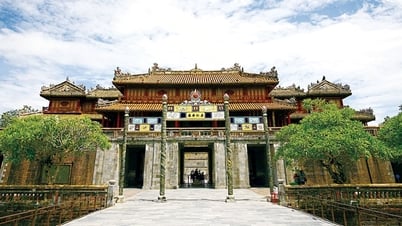







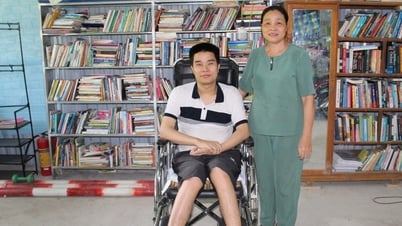

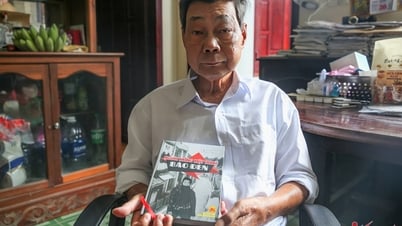









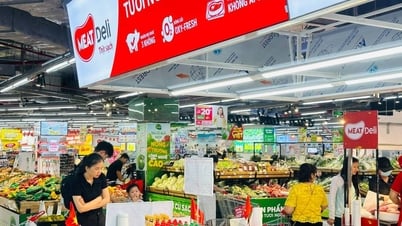



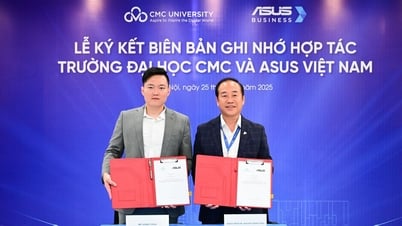



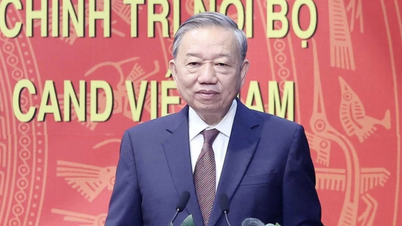
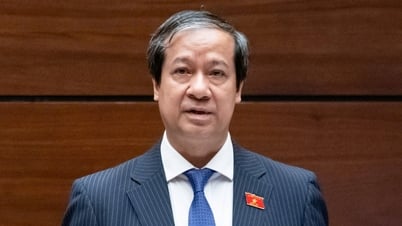
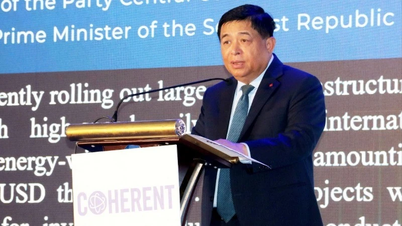

































Comment (0)